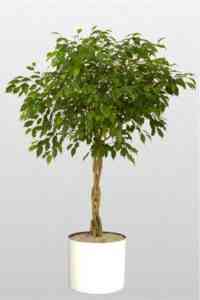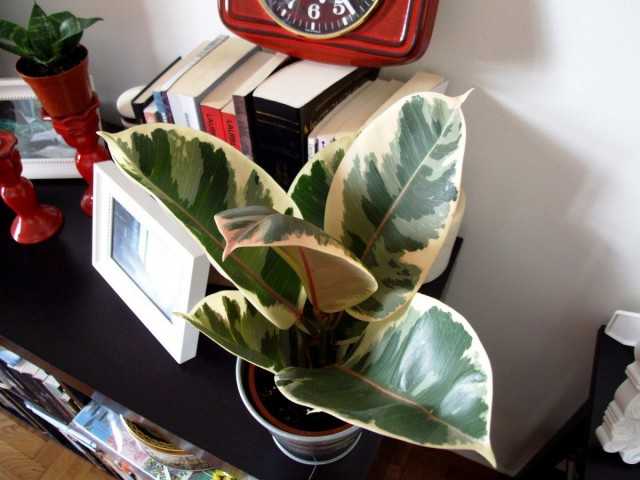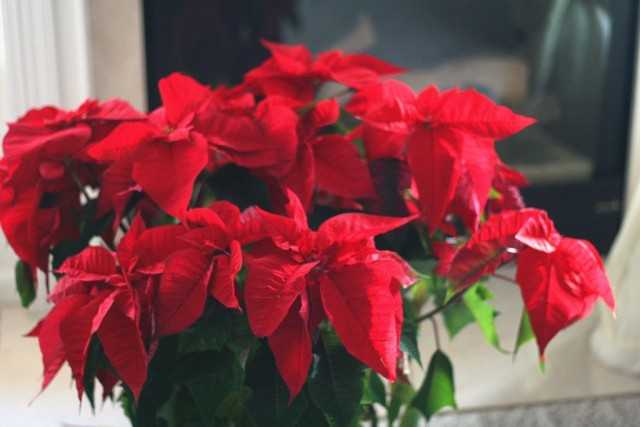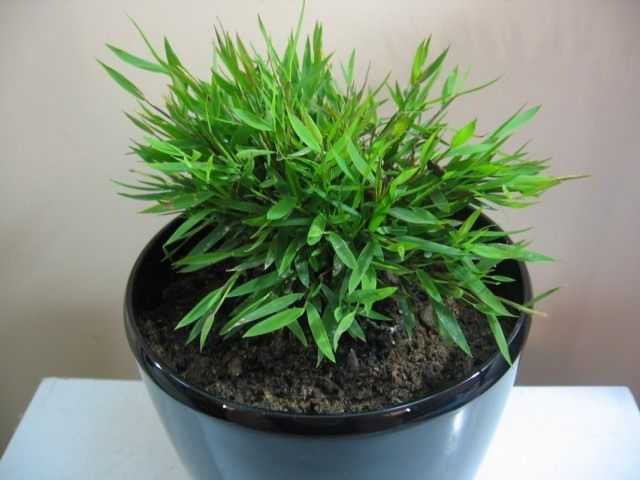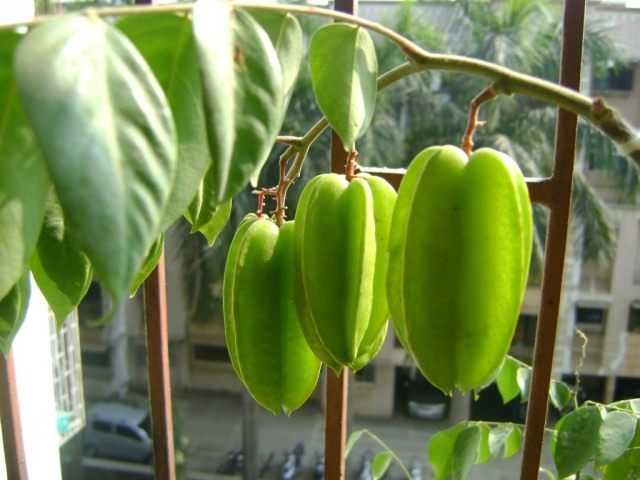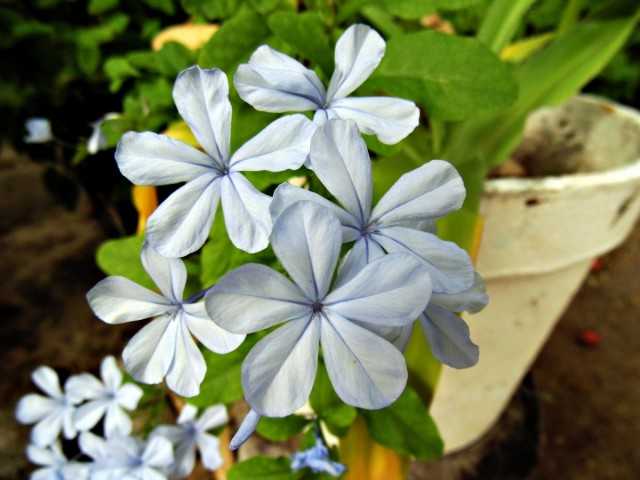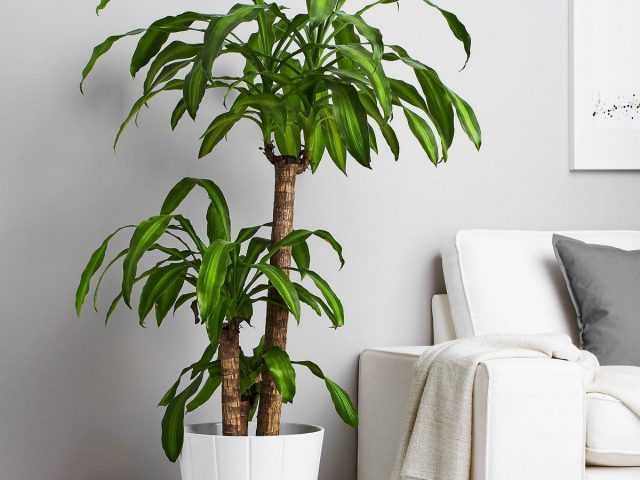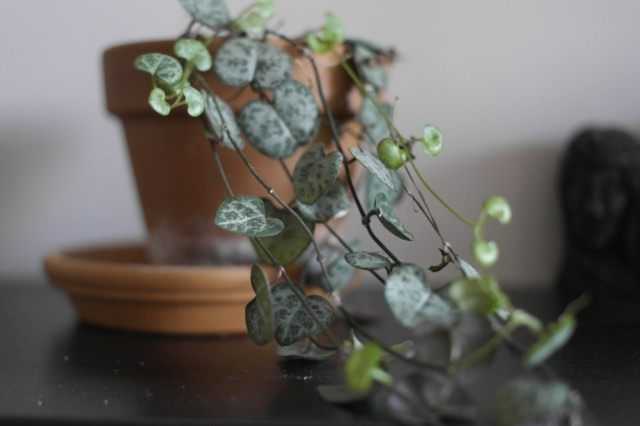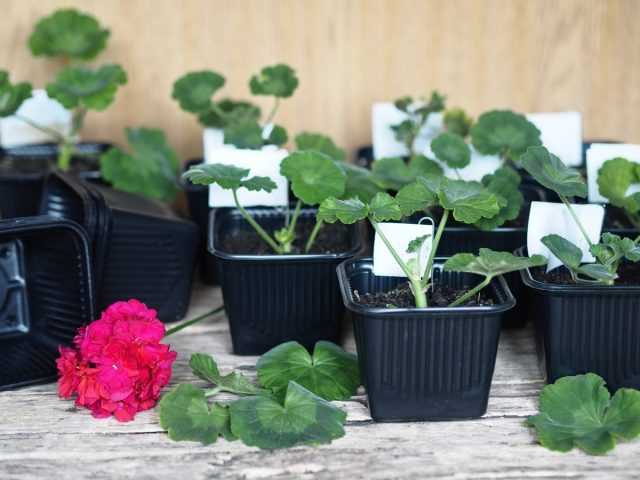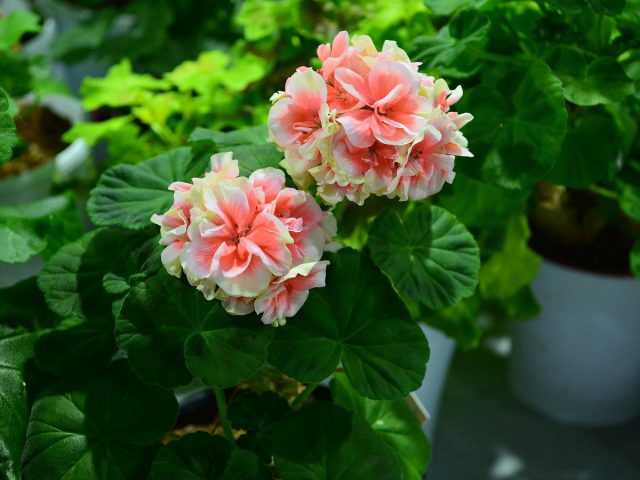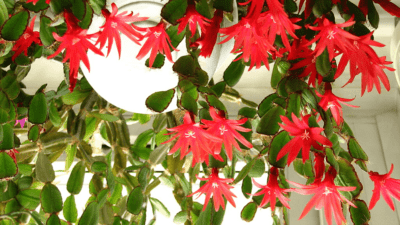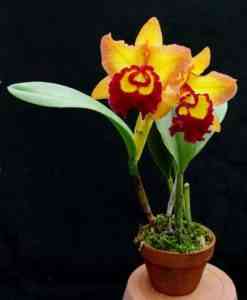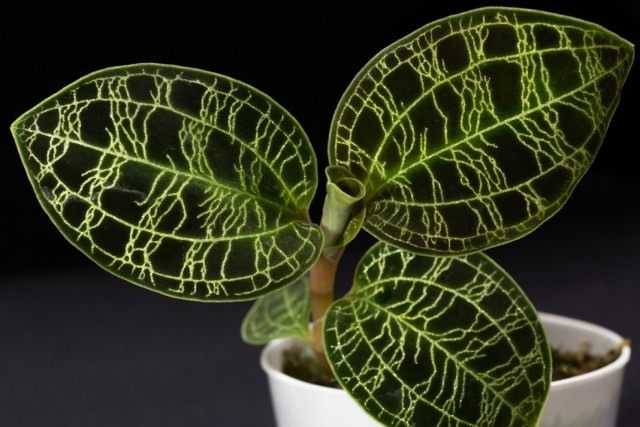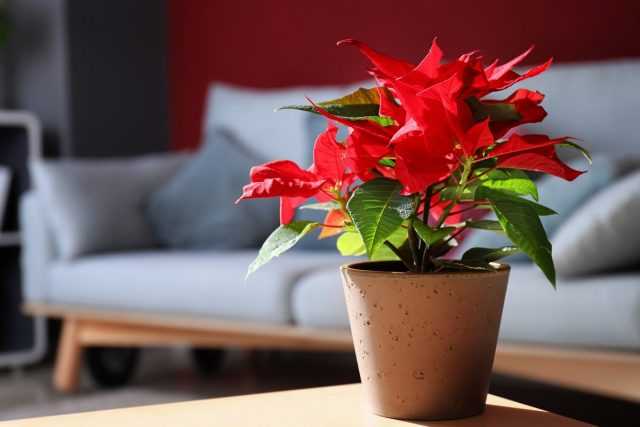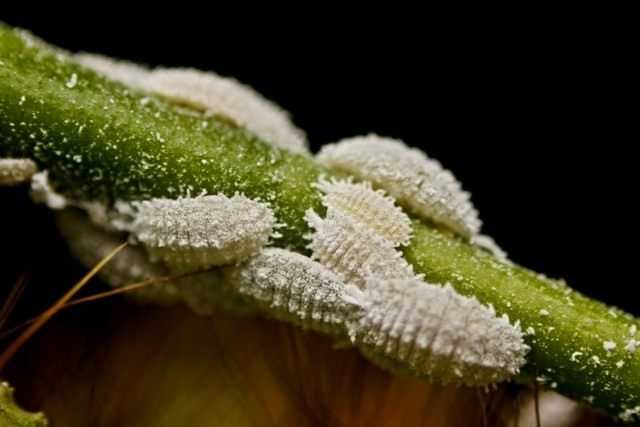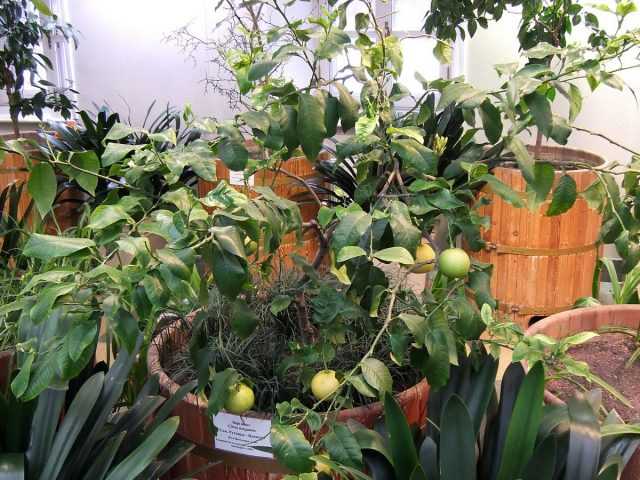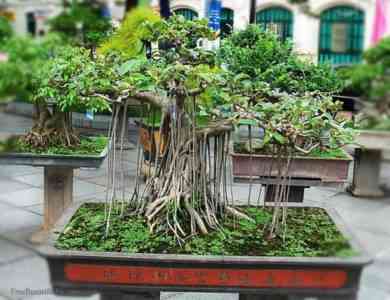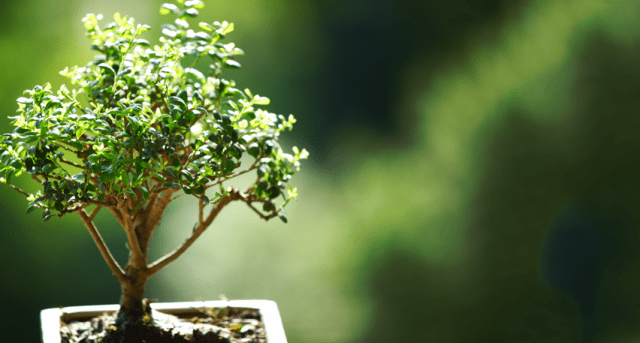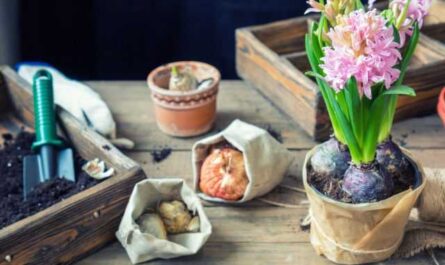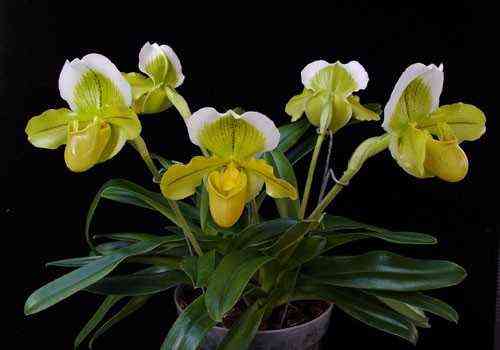The bark for phalaenopsis is one of the components of the planting soil. It provides tight fixation of the root system inside the container. In addition, there is sphagnum moss and a small amount of small pebbles. The last component provides support for flower pots.
- Where to find the bark
- Which bark to choose
- Use of coniferous bark
- Use of oak bark
- Processing bark
- Conclusion <

Using bark for phelenopsis
The main drawback of this flower culture is its capriciousness – it is important to choose the right proportions of the constituent ingredients of the soil for planting. Particular attention is paid to wooden elements.
Where to find the bark
The specialized departments provide a wide selection of consumables for planting orchids. Each is designed for a specific variety of plants. The main disadvantage of such fillers is the use of low-quality material. In addition, there is more moss and expanded clay than bark. These substances accumulate moisture during irrigation, which can cause rot on the roots of the flower.
You can collect elements for a high-quality substrate on your own in a park area or nature reserve. A large amount of bark is located on the ground near coniferous and tree plantings.
Which bark to choose
For planting orchids, 2 species of tree species are used:
- pine;
- oak.
They differ in size and density.
Use of coniferous bark
For planting orchids, choose a pine or larch. They have some similarities with each other. The first species has good hygroscopicity and provides strong fixation of the root system.
This bark has a good density and excellent water storage during irrigation. Its main advantage is the absence of harmful insects inside. This is due to resin moves in the tree. They scare away pests. In addition, pine saturates the phalaenopsis with useful trace elements that provide its rapid growth and re-blooming throughout the year.
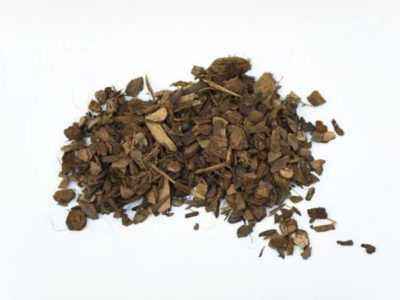
The coniferous bark stores water well
To plant phalaenopsis, you need light parts of the material. Dark elements testify to its prescription. Such a bark is most likely affected by fungal and mold infection. These pathogens provoke frequent phalaenopsis diseases.
Fresh material has a pleasant pine aroma.
When choosing a bark, carefully examine its surface. In order for the plant to grow rapidly, thin wooden layers are selected. They provide soil looseness. By fulfilling this requirement, the plant receives the maximum amount of oxygen in the growth process.
Pine filler holds the maximum amount of nutrients. Regular top dressing with special fertilizers will provide the orchid with the necessary supply of trace elements.
Use of oak bark
Oak bark is notable for its density. It does not absorb moisture well and dries quickly after watering. For planting, crushed filler is most often used. It is a mixture of wood shavings and small parts of wood.
The main disadvantage of this material is its poor light transmission. The contents of a pot with a similar filler often rot.
It is almost impossible to make an oak composition at home. Pieces of this bark reach from 20 to 45 cm in length. To better root the flower culture, it is necessary to grind the wooden material to a small size.
Processing the bark
The substrate is disinfected before planting. Use a solution of potassium permanganate. This composition destroys up to 85% of microorganisms. Bark for phalaenopsis for 30 min. soaked in liquid. After that, it is treated with hot air in the oven. Disinfection time is 25 minutes.
Heat treatment helps prevent mold growth when watering the plant.
Proper treatment of the bark for phalaenopsis helps prevent slow growth and prolonged absence of peduncles in an exotic crop.
Conclusion
A high-quality planting substrate for orchids affects the formation of the root system. It has good breathability, hygroscopicity and nourishes the plant with useful trace elements.
After 30 days from planting, the formation of air epiphytes is observed. The right choice, treatment and disinfection helps maintain the life cycle of an exotic culture.
